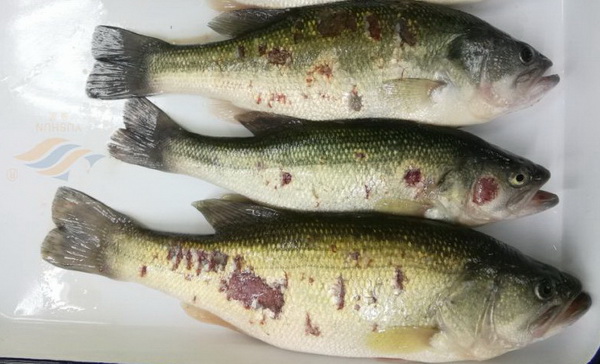What is the most profitable way to raise California perch
Seedlings of breeding techniques
It is reported that although the seedling quantity in each main producing area of seabass in California has increased rapidly, the survival rate of seedling cultivation is not high, especially in the stage of 5-8 years, which is prone to stress, many diseases, rapid onset and large loss, leading to the low survival rate of overall seedling cultivation in the market, and the difficulty of seedling cultivation is increasing year by year. In the past two years, with the continuous increase of diseases and the deterioration of the breeding environment, front-line breeding practitioners have also begun to realize that the change of breeding environment, the long breeding cycle of a single variety, the cross-infection of pathogens in water quality, antibiotic residues, and the increased resistance of bacteria and viruses are all important factors restricting the breeding of seedlings. Moreover, due to the relatively loose production regulation and low market access threshold, the whole market of seabass seedlings in California is quite chaotic. At present, the hatching and cultivation of seedlings are mainly carried out by small seedling farms. Considering the cost, they generally choose tail fish as the seed fish, which has low cost and high proportion of female fish. After years of continuous accumulation, the quality of parents is constantly degraded. Eventually, the resistance of the seedlings decreased. Therefore, in the selection of seedlings, it is recommended to consider the choice of larger scale, standardized management, thoughtful service manufacturers.
It has been observed that factory California fish fry are produced in a relatively stable water environment with fewer worm eggs, germs, etc., and emerge with a higher taming degree. Therefore, the adaptability after the customer put pond is better.

Diseases of farming techniques
One of the most glaring problems with California bass farming is its disease. A fish that does not eat artificial diet is not adapted to be fed artificial diet throughout the whole course. Therefore, the breeding of California perch all the way may come on. Especially to liver disease, rotten body, enteritis and other problems are most significant. Therefore, the prevention of liver disease should be carried out from the beginning to the end.

Feed for breeding technology
With the expansion of California bass farming area step by step, the large aquatic feed companies have launched California bass artificial feed. Judging from the current market, the supply of high-grade fish meal is insufficient. Therefore, it is a common phenomenon to add plant-based protein and starch to feed. California perch are naturally "diabetic", so feed formulation is critical to California fry farming. In addition, the preservation of feed is also important, due to the oxidation of fats in expired or moldy feed, which can lead to a high incidence of liver disease in California bass.

Cultivation mode
In previous years, prices for California perch were highest in July and August. California perch typically has a growth cycle of six to eight months. If you want to reach the size of the finished fish when the price is highest, you need to fry it early. However, in the Yangtze River Basin in January to March, the water temperature is still low in the Outer Pond. Therefore, it can be considered to set up a small standard coarse workshop for recirculating aquaculture near the pond base. Put the early seedling into the circulating water workshop for secondary roughening. When the outer pond water temperature rises to the appropriate temperature, the labeled large seedlings will be farmed in the pond. In this way, cross-peak selling can be achieved. Maximize profit.


